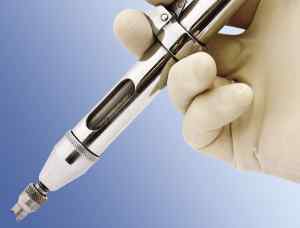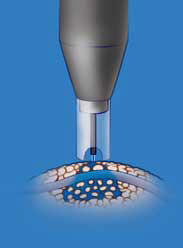Few things are more disheartening than months and months of negative pregnancy tests. You talked with your husband, and you both agreed that you wanted children. He got vasectomy reversal for you, but a year later you still aren’t pregnant. It may seem frustrating, but you shouldn’t lose hope without knowing all the facts.
You won’t get pregnant immediately
This cannot be said enough. If there is no sperm in the ejaculate six months following a vasovasostomy, the reversal is said to have failed. Even if there is sperm, that doesn’t guarantee pregnancy. It can take months for a man to return to a normal sperm count. Once sperm has been detected it still takes time for sperm number and motility to reach normal levels, and this time can vary from person to person.
Conception
Getting pregnant takes patience. It is generally known that most men produce millions of new sperm every day. However, you might not know that these new sperm take about 2 ½ – 3 months to fully mature or that when sperm are initially formed they lack the ability to swim forward or fertilize an egg. It can take a couple of these cycles for sperm to regenerate. Even at this point it can take another 6 months for conception to occur. It’s important to remember that getting pregnant within months of a vasectomy reversal is not the norm. We do have a few patients who got pregnant in 2 months after vasovasostomy in the past few years.
To monitor progress, a sperm sample will be taken 6 weeks after the procedure. Follow up tests will occur every two months after the initial test. This way we can see whether sperm has returned and at what level. Once sperm count has reached reasonable or normal levels, pregnancy usually occurs within 6 months of having timed intercourse- that is, having intercourse every other day from four to five days before and after ovulation. If this does not occur, it’s possible the issue may be due to fertility in the other partner.







